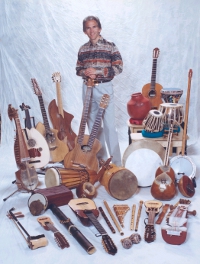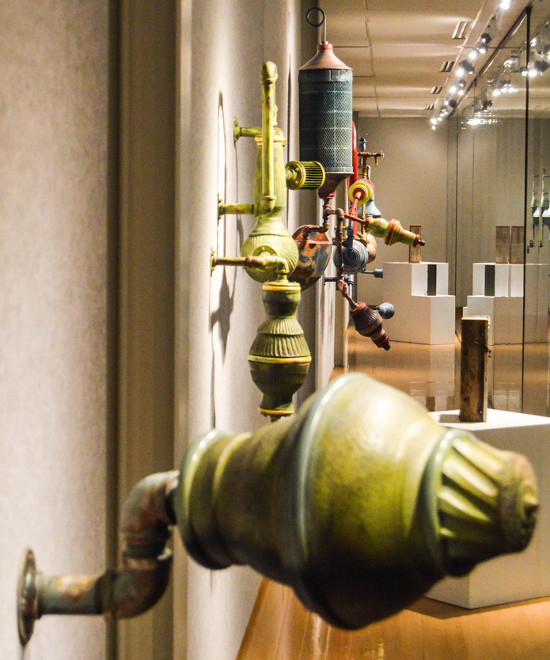 Todd Green, the latest guest in Quad City Arts' Visiting Artist series, began his professional career as a guitarist. Yet the musician knows that whenever he performs at one of his many school engagements, the guitar is perhaps the last instrument the kids will be interested in.
Todd Green, the latest guest in Quad City Arts' Visiting Artist series, began his professional career as a guitarist. Yet the musician knows that whenever he performs at one of his many school engagements, the guitar is perhaps the last instrument the kids will be interested in.
"I have a berimbau," says Green during a recent phone interview, "which is a very unusual, bow-and-arrow-looking thing that you play percussion on. They really like that. And then, you know, there's silly stuff. Like, I have animal toenails, I call them. It's actually goat hooves that are all hooked together and make a percussion sound.
"Usually it's the weirdest ones, you know?" says Green with a laugh. "Especially with the really young kids. You can read their faces - their mouths are open and their eyes are all big - and you can just see them going, 'Whoa. What is this?!'"
